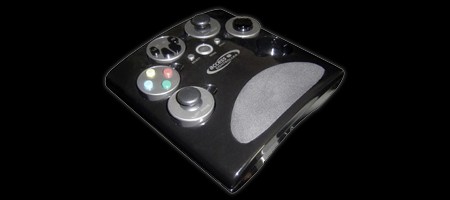Radiohead held a contest for fans to remix the single Nude from their album In Rainbows. Frontman Thom Yorke mentioned on NPR that the contest was essentially a joke, since the Nude track is recorded at 6/8 timing and 63bpm, much slower than traditionally mixed music. The above video from [James Houston] is one of the most creative entries. Using old computer hardware he has recreated the track in a very unique way. He uses a Sinclair ZX Spectrum for the guitar track, a dot matrix printer for the drums, a scanner for bass, and a hard drive array for vocals.
Want to make your own band with obsolete technology? Click through for a few pointers to get you started.

















